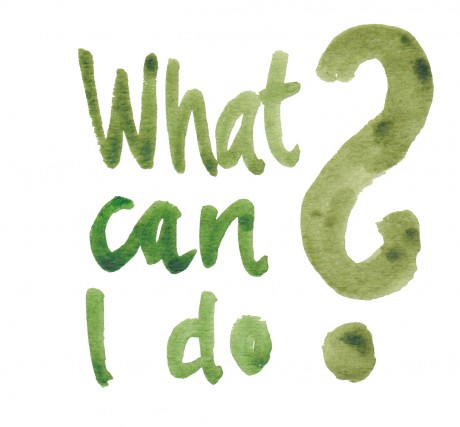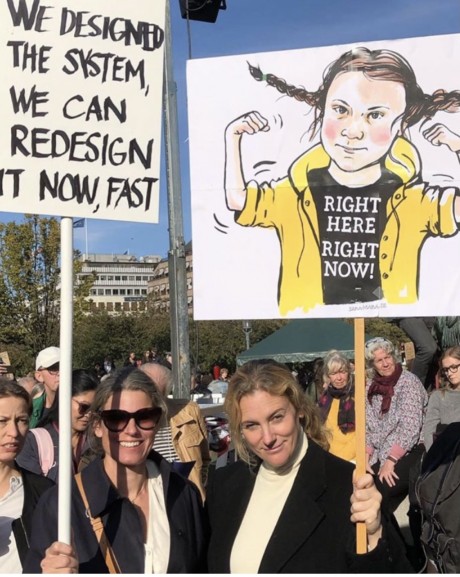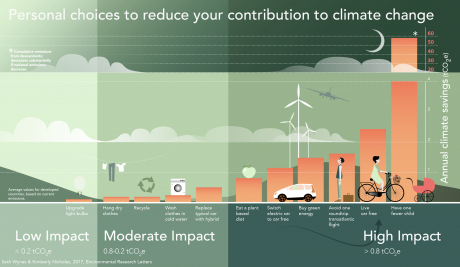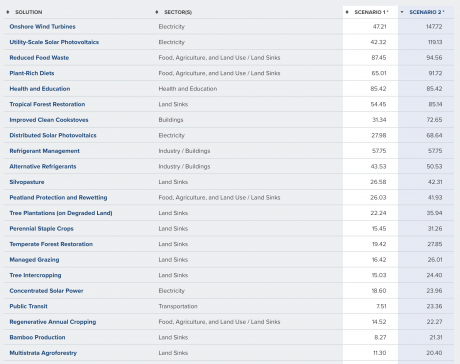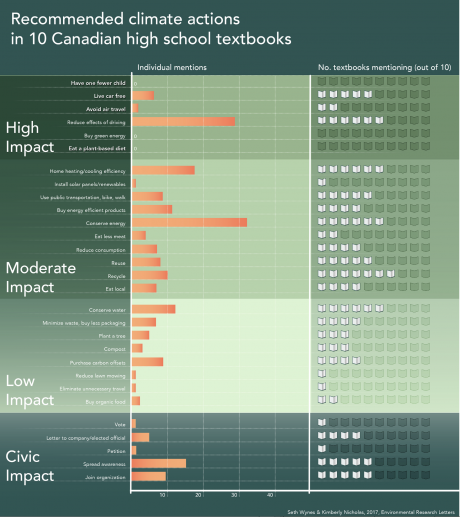What can I do?
Sometimes it can be difficult to know what you can do to improve our chances of avoiding large temperature increases. Here I have compiled the points I think are most important after lissen to what the science say;
1. Talk about the climate and listen to science.
2. Vote, and when you can not vote influence politicians in the best possible way.
3. Reduce your use of greenhouse gases. Get help from the Climate Account
4. Set a carbon budget for you and preferably one for the job.
5. Think through your transports.
6. Eat less meat and do not throw away food.
7. Shop; second hand, recycled or renewable.
Two really good reports on what type of solutions have the greatest impact is Kimberly Nicholas and Seth Wynes from Lund University and then Project Drawdown, both on the below pictures.
Project Drawdown uses different scenarios to assess what determined, global efforts to address climate change might look like. Both scenarios shown here are plausible and economically realistic. Drawdown Scenario 1 is roughly in-line with 2˚C temperature rise by 2100, while Drawdown Scenario 2 is roughly in-line with 1.5˚C temperature rise at century’s end. The results shown here are based on projected emissions impact globally. The relative importance of a given solution can differ significantly depending on context and particular ecological, economic, political, or social conditions.
Kimberly Nicholas have just written a new book on how we can fix it.

